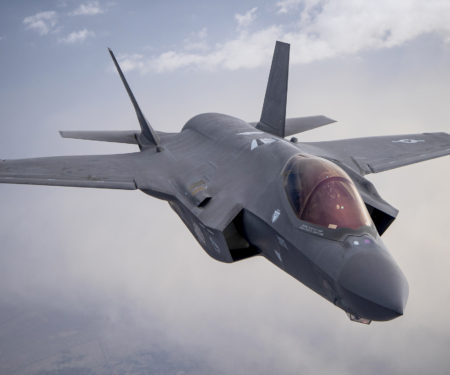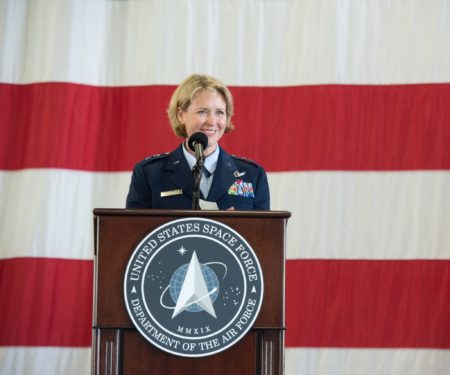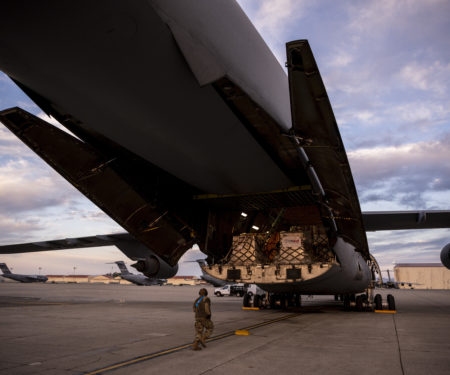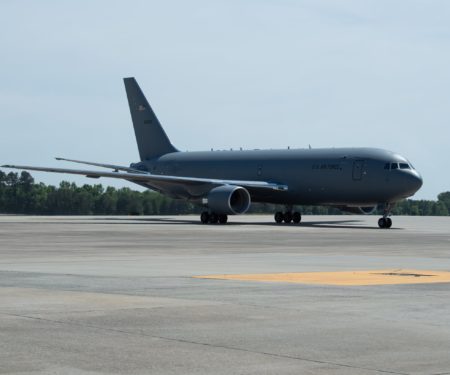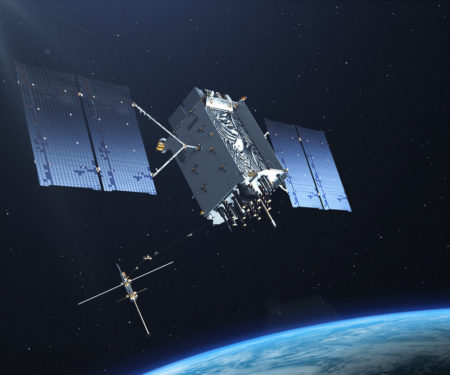Radar Sweep
Sen. Angus King: Cybersecurity a Major Concern in U.S. Nuclear Command-and-Control System
The U.S. nuclear command, control and communications system that serves as the link between U.S. nuclear forces and presidential authority could be vulnerable to cyber attacks and needs upgrades, Sen. Angus King (I-Maine) told reporters May 1.
US Air Force Airman Goes Missing While Swimming at Surfside Beach, Coast Guard Says
The Coast Guard was searching for a man who was last seen swimming at Surfside Beach in Brazoria County, Texas, on May 2. Elijah Posada is a U.S. Air Force Airman and was last seen wearing a maroon shirt while swimming about 100 feet from shore. A witness said they saw Posada, 22, get pulled by a rip current.
Biden’s Air Force Pick Would Inherit Weapon Programs in ‘Dire’ Shape
President Joe Biden’s nominee for Air Force Secretary, Pentagon veteran Frank Kendall, has a tough job ahead of him. If confirmed, the former top military buying official would immediately inherit a slew of over-budget and behind-schedule weapon programs that would require him to secure funding to salvage them despite decades of questionable management of taxpayer funds.
OPINION: Welcome To The Air Force, Mr. Kendall: Here Are 5 Top Action Items
“The Department of the Air Force could not have received a better pick for its new top civilian leader. Frank Kendall is a defense professional of the highest order. He has decades of experience in national security affairs in private industry, government, and the military. Some in the Air Force are concerned with his reputation as critical of several Air Force programs when he served as under secretary of defense for acquisition, technology, and logistics. If confirmed as the new Secretary of the Air Force, I believe he will see a different perspective and will quickly conclude that the Air Force is in dire straits having been assigned more mission than the resources it has available to accomplish them,” writes retired Lt. Gen. David A. Deptula, dean of AFA’s Mitchell Institute for Aerospace Studies.
PODCAST: The Merge
The third installment of “The Merge” introduces Matthew Donovan, the Mitchell Institute for Aerospace Studies’ new lead for its Spacepower Advantage Research Center, and explores his take on the challenges and opportunities facing the Space Force and U.S. Space Command. The Mitchell team also explores new trends that are emerging in the air-to-ground munition realm—a very dynamic field given the return of peer competition.
Female Air Force Pilots Who Are Changing the Narrative
They didn't think twice about their gender while pursuing a career in flight. Now they're helping train the next generation of service members at Joint Base San Antonio-Lackland, Texas.
SPONSORED: Data Security and Real-time Data Sharing Co-exist to Support ABMS
Driving the success of every mission is one key factor: knowledge. More complete, timely information leads to better, faster decision making, and sharing vital data is crucial to the success of joint and multi-domain operations. But as cyber is now one of the most used threat vectors, balancing the need for access to data with the realities of the threat environment requires vigilance and agility. In the first article of this three-part series, we looked at the obstacles to enterprise-wide, multi-domain data access, and how Elastic enables near real-time answers from data wherever it is stored. Now, in part two, Elastic looks at the critical issues of security, and how the ability to analyze data enterprise-wide can also support smarter responses to cyber threats.
Fighter Wings Try a Fresh Approach to Combat Maintenance
Two Air Force fighter jet wings are the first to try a new approach to maintenance that aims to improve quality of life for the crews that keep the service’s premiere planes running, while also pushing the envelope of what those jets can accomplish in combat.
Will DARPA Build a Nuclear Space Force?
Space is big. Like big enough to boggle the mind. … This vastness of space poses problems for our astronauts, both logistical (time to resupply anyone sent to Mars) and existential (time astronauts will spend being bombarded by radiation while en route to and from Mars). To help NASA solve these problems, DARPA wants to build faster spaceships—nuclear-powered spaceships.
Pentagon Chief Calls for ‘New Vision’ for American Defense
In his first major speech as Pentagon chief, Lloyd J. Austin III on April 30 called for developing a “new vision” for American defense in the face of emerging cyber and space threats and the prospect of fighting bigger wars. Reflecting President Joe Biden’s promise to put diplomacy first in dealing with foreign policy problems, Austin said the military should provide leverage that diplomats can use to prevent conflict. His comments suggested a contrast with what critics call the militarization of U.S. foreign policy in recent decades.
Air Force Lands Huey on Tokyo Golf Course’s Helipad for First Time in 40 Years
Golf balls whizzed harmlessly below a UH-1N Iroquois on May 1 as the helicopter circled over a golf course used by the U.S. military in western Tokyo. The Huey, from the 459th Airlift Squadron out of nearby Yokota Air Base, Japan, touched down on a giant white “H” beside a driving range. The emergency landing zone test marked the first time an aircraft had landed there in four decades, according to the Air Force.
